Act Now - Limited Time Offer
$67 Pest Control
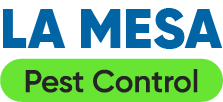
Chris Barber
Pest Control Technician
Jakob Beltran
Pest Control Technician
Jackie Murphy
Sales Representative
Blow flies are larger than house flies and are easily identified by their metallic colors, such as blue, green, black, or copper. They produce a loud buzzing sound and lay eggs on decaying meat. Larvae take between 7 to 15 days to develop into adults, depending on the species. These flies are typically found around garbage, pet waste, and spoiled food, making them a nuisance for homes and businesses.
The Oriental latrine fly, a type of blow fly, has been an issue in Southern California since 1989. These flies gather near trash bins and shaded areas during the warmer months. If larvae are near a building, they may enter and mature indoors, creating a disturbance. Proper waste management and regular cleaning are crucial in preventing blow fly problems.
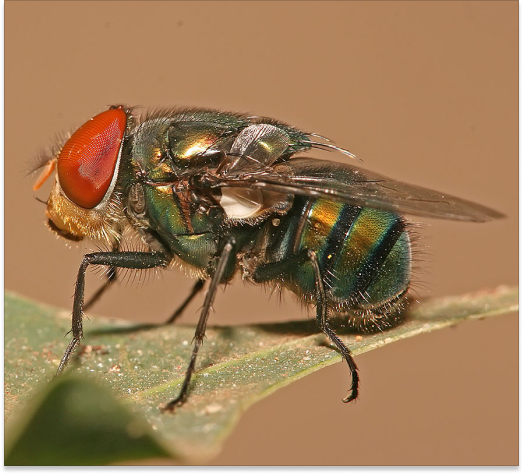
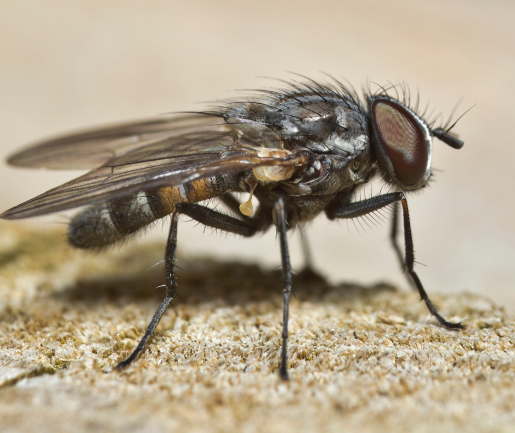
The little house fly (Fannia canicularis) has a distinctive flight behavior, usually moving back and forth in open spaces without settling on food. This reduces their potential to contaminate food compared to other flies.
They lay eggs in decaying vegetable matter, compost piles, or animal waste, particularly from pets like rabbits or poultry. Their full life cycle lasts about 24 days from egg to adult. Though they are bothersome, their attraction to decomposing material lessens their impact indoors.
Muscina stabulans, commonly referred to as the false stable fly, is a bit larger and stockier than a house fly and features a dark gray body. While it doesn’t bite like the true stable fly, it may still come indoors to lay eggs on spoiled food.
These flies’ maggots are often found in animal excrement and decaying vegetable matter. Their life cycle typically lasts around 14 days. While they don’t bite, their presence can be irritating when eggs are laid inside homes. Understanding their habits is essential for proper management.
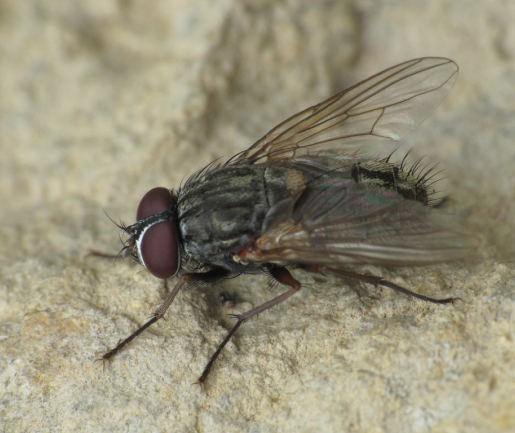
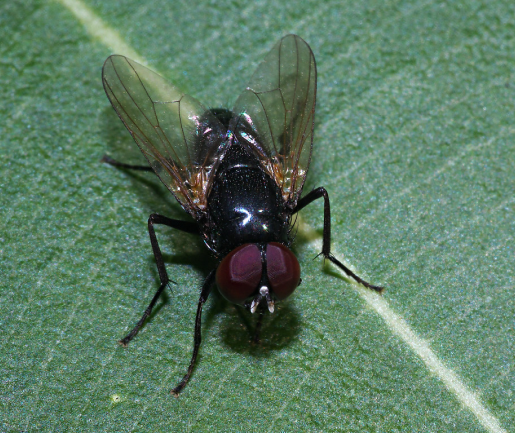
Though they look like house flies, stable flies have a pointed beak for biting. These pests feed on animals like cattle and horses but will bite humans, especially when they move indoors during rainy weather.
Stable flies are more than a minor nuisance—they are pests to livestock and pets. These flies breed in areas where there is moist, decaying organic matter, manure, and urine-soaked straw. Regular cleaning and proper waste disposal can help control their numbers.
The stable fly looks like a house fly but has a slender, pointed beak for biting. It is an outdoor fly that feeds on domesticated animals like horses and cattle. Unlike house flies, stable flies can deliver painful bites to humans. They usually come indoors during rainy weather.
Stable flies are more than just a nuisance; they are also pests for livestock and pets. These flies thrive in areas with moist, decaying vegetation, manure, and urine-soaked straw. Proper waste management is essential to minimize their population. Regularly disposing of these materials can help reduce the presence of stable flies.
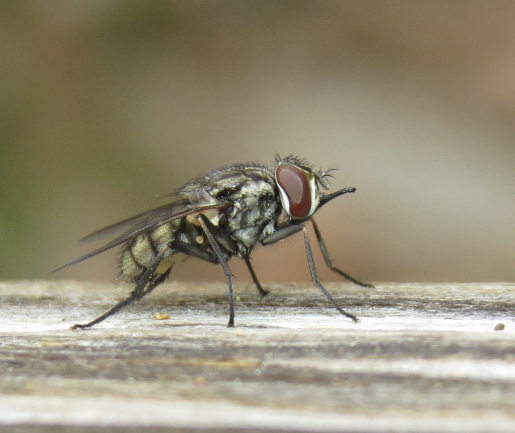
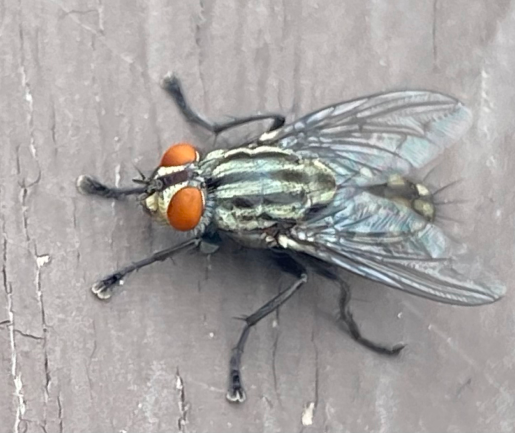
Flesh flies (Sarcophaga species) are larger than common house flies and can be easily identified by their checkered abdomen. Their bodies are gray with black stripes on the thorax. Unlike most flies, flesh flies give birth to live maggots instead of laying eggs. These maggots are typically found in rotting meat, dead animals, and dog waste. Flesh flies are often spotted near carcasses and snails.
Flesh flies have a life cycle that lasts only eight days. They are often seen around decaying organic matter. If you notice large, slow-moving flies with a checkerboard pattern, you may have a flesh fly problem.
Our fly control process at La Mesa Pest Control begins with a thorough inspection. We look for breeding grounds such as garbage areas, standing water, and decaying organic material. Our team identifies common fly species, including blow flies, drain flies, and stable flies.
We also check plumbing for leaks or blockages that could attract flies. Using specialized tools, we detect larvae and adult flies in hard-to-reach areas. This detailed inspection helps us recommend treatments specifically designed to address your fly problem.
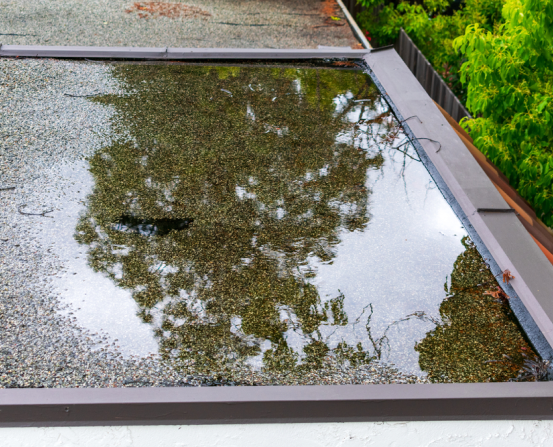
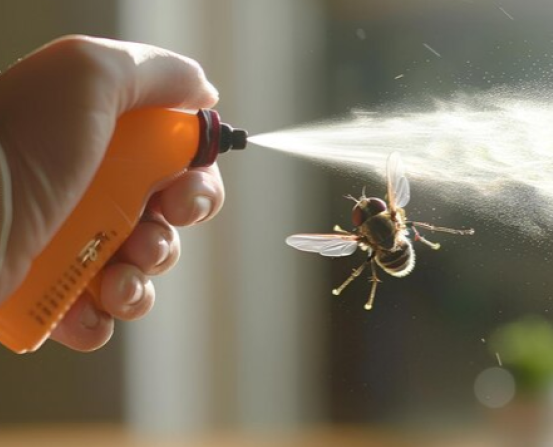
Make sure to clean your indoor and outdoor areas before our technician arrives so we can focus on the fly infestation effectively. Our experts will inspect the premises and check for potential underlying causes such as plumbing issues.
For drain flies, we use specialized products to eliminate both the larvae and adult flies in the drains. We treat food prep areas but avoid spraying directly on food surfaces. Traps are strategically placed to capture flies in their common areas.
La Mesa Pest Control’s fly control program includes monthly inspections to target breeding areas like drains and waste zones. We treat these spots to stop fly infestations in their tracks.
Our eco-friendly solutions are safe yet powerful against flies like drain flies and blow flies. With regular monthly treatments, you can enjoy a fly-free property year-round without interruption.
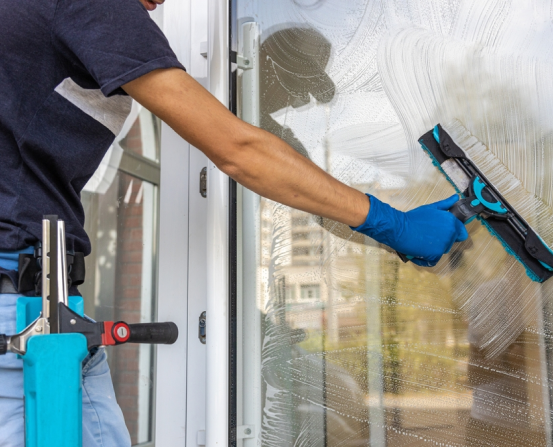
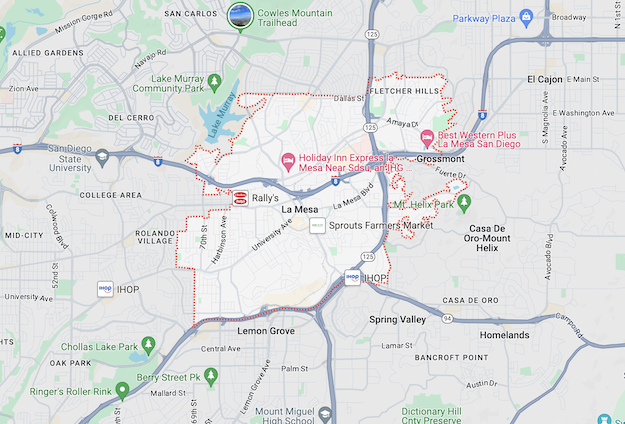
Serving La Mesa and its neighboring areas, we’re here to keep your spaces pest-free. Our team is passionate about these communities and always strives to provide outstanding service and dependable results.
Limited time offer! Get $50 off your first pest control service.

Barrier Services
La Mesa Office
© La Mesa Pest Control 2024